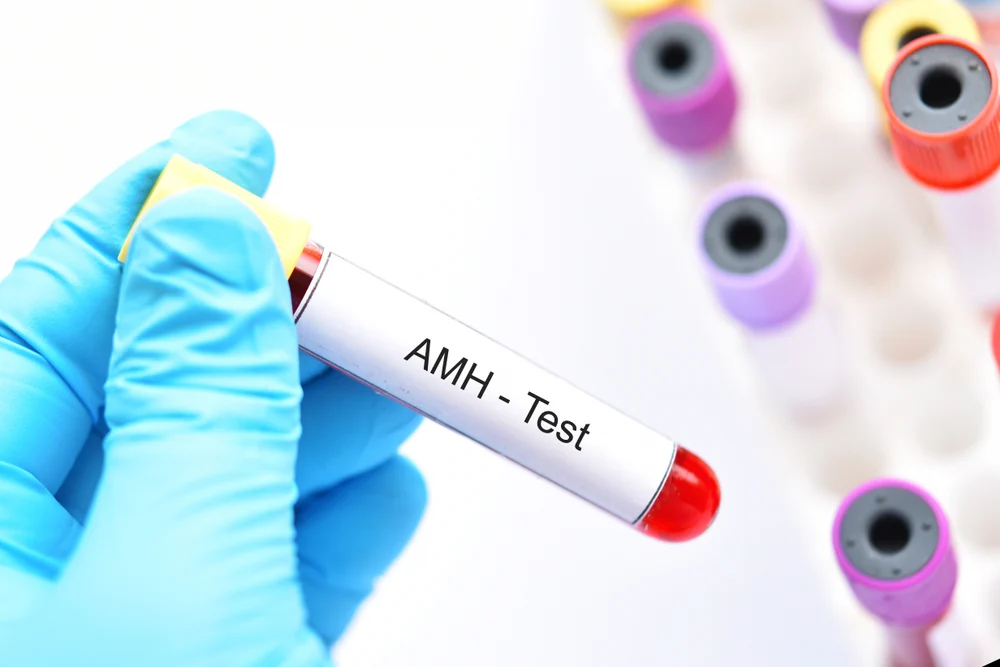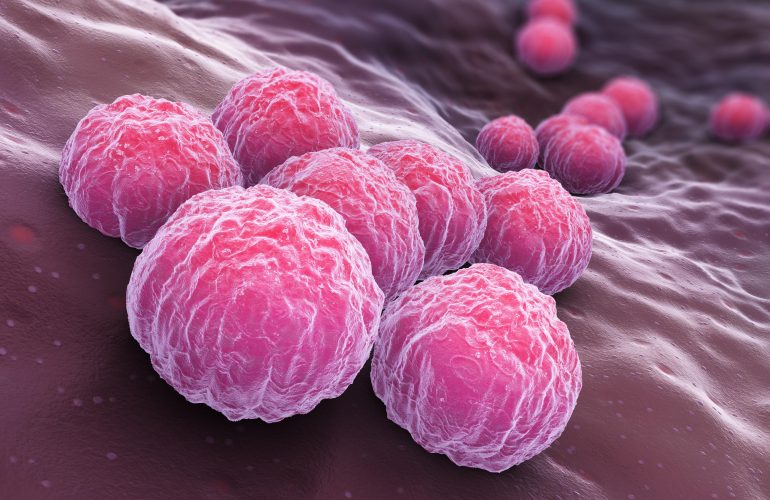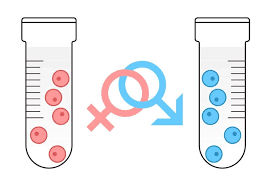Decoding Your Anti-Müllerian Hormone (AMH) Test Results: Navigating Fertility Potential
Embarking on a journey toward conception often involves navigating a landscape of fertility tests, and among them, the Anti-Müllerian Hormone (AMH) test plays a crucial role. This blood test provides insights into ovarian reserve—the number and quality of eggs remaining in the ovaries—and understanding its results is pivotal for anyone seeking to understand their fertility potential. Let’s explore what your test results signify and how they can shape your fertility journey, while also considering the implications of ovarian hyperstimulation syndrome (OHSS).
Interpreting AMH Levels
Low AMH Levels: A low AMH level, typically below 1.0 ng/mL (or approximately 7.14 pmol/L), may signal a diminished ovarian reserve. This suggests fewer eggs are remaining, potentially making conception more challenging. While a low AMH level doesn’t signify impossibility, it may necessitate additional fertility strategies.
Normal AMH Levels: Falling between 1.0 to 3.0 ng/mL (or approximately 7.14 to 21.4 pmol/L), normal AMH levels suggest an average ovarian reserve, generally favorable for fertility.
High AMH Levels: Exceeding 3.0 ng/mL (or approximately 21.4 pmol/L), high AMH levels might indicate polycystic ovarian syndrome (PCOS). Though this can boost fertility to some extent, it also raises the risk of ovarian hyperstimulation syndrome (OHSS) during fertility treatments.
Navigating Your Next Steps
Interpret your AMH test results in conjunction with other fertility tests and factors, like age and reproductive health history. Consulting a healthcare provider or fertility specialist is essential for personalized guidance. They can help devise a comprehensive fertility plan, considering your unique circumstances and goals. Our clinics Cyprus Crown IVF, and Cyprus American IVF pride themselves in interpreting these results, and helping you with the next necessary steps. Our Doctors Dr. Halil Ibrahim Tekin (Dr. HIT), and Dr. Erman Sever have been conducting these tests and helping patients with infertility for more than two decades.
Understanding OHSS
Ovarian hyperstimulation syndrome (OHSS) is a potential complication of fertility treatments, particularly in cases of high AMH levels or PCOS. It occurs when the ovaries become swollen and painful due to overstimulation, leading to fluid retention and, in severe cases, complications like blood clots or kidney problems. Recognizing the signs—such as abdominal pain, nausea, and shortness of breath—is crucial for prompt intervention and management.
Conclusion
Your AMH test results provide valuable insights into your ovarian reserve and fertility potential. Whether your levels are low, normal, or high, understanding their significance empowers you to make informed decisions about your reproductive health. By collaborating with your healthcare team, you can navigate your fertility journey with confidence, ensuring that any risks, such as OHSS, are addressed effectively.
Remember, fertility is a multifaceted journey, and support is available every step of the way. Don’t hesitate to lean on your healthcare providers for guidance and reassurance as you embark on this path toward parenthood. You can contact us through our links or you can get consultations with the clinics directly through the links below.
We invite you to check out our previous blog posts through the link here.
Make sure to check out our contact links and Youtube links here:
Cyprus Crown IVF Contact: https://en.cypruscrownivf.com/contact
Cyprus American IVF Contact: https://www.cyprusamericanivf.com/contact-us/
Dr. Halil Ibrahim Tekin (Dr. HIT) Youtube: https://www.youtube.com/@dr.halilibrahimtekin1715
Cyprus American IVF Youtube: https://www.youtube.com/@AmerikanTupBebekMerkezi




